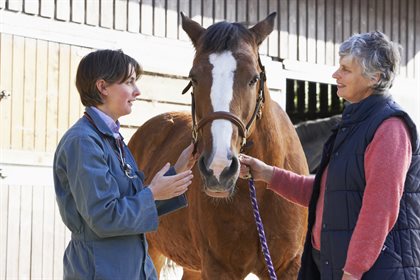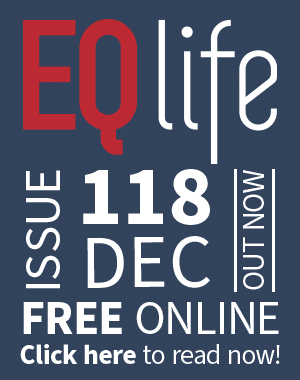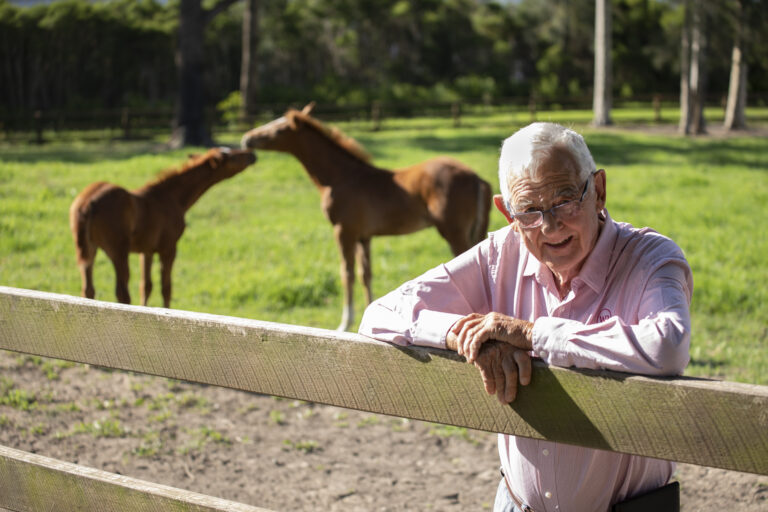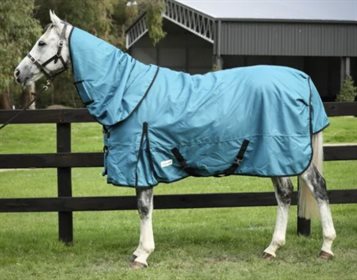This article first appeared in the March 2022 digital edition of Equestrian Life. To see what’s in the current issue, click here.
Hernia learning curve
By Dr Maxine Brain
A hernia is the protrusion of an organ, or part of an organ, through an opening in the wall of the cavity that normally encases that organ. There are several types of hernias that can affect horses — some are relatively common, such as umbilical hernias seen in foals, and others are rare, such as diaphragmatic hernias.
Most types of hernia usually involve the organs that are situated in the abdomen and they are categorised by the area of the cavity that the organs protrude through. For instance, an inguinal hernia is a hernia associated with abdominal contents coming through the inguinal ring.
Umbilical hernias are “true” hernias in that the herniation occurs through a normal or congenitally enlarged opening and the contents within the hernia are contained within a hernial sac. They are relatively common abnormalities in foals that occur around the time of birth, although they are not always noticed by the owner initially, as the contents within the hernia may be minimal at birth but become more visible during the first few weeks of life. They can fluctuate in size, depending on the abdominal content that moves in and out through the hernial ring…
Read the full article in our March 2022 magazine here.









